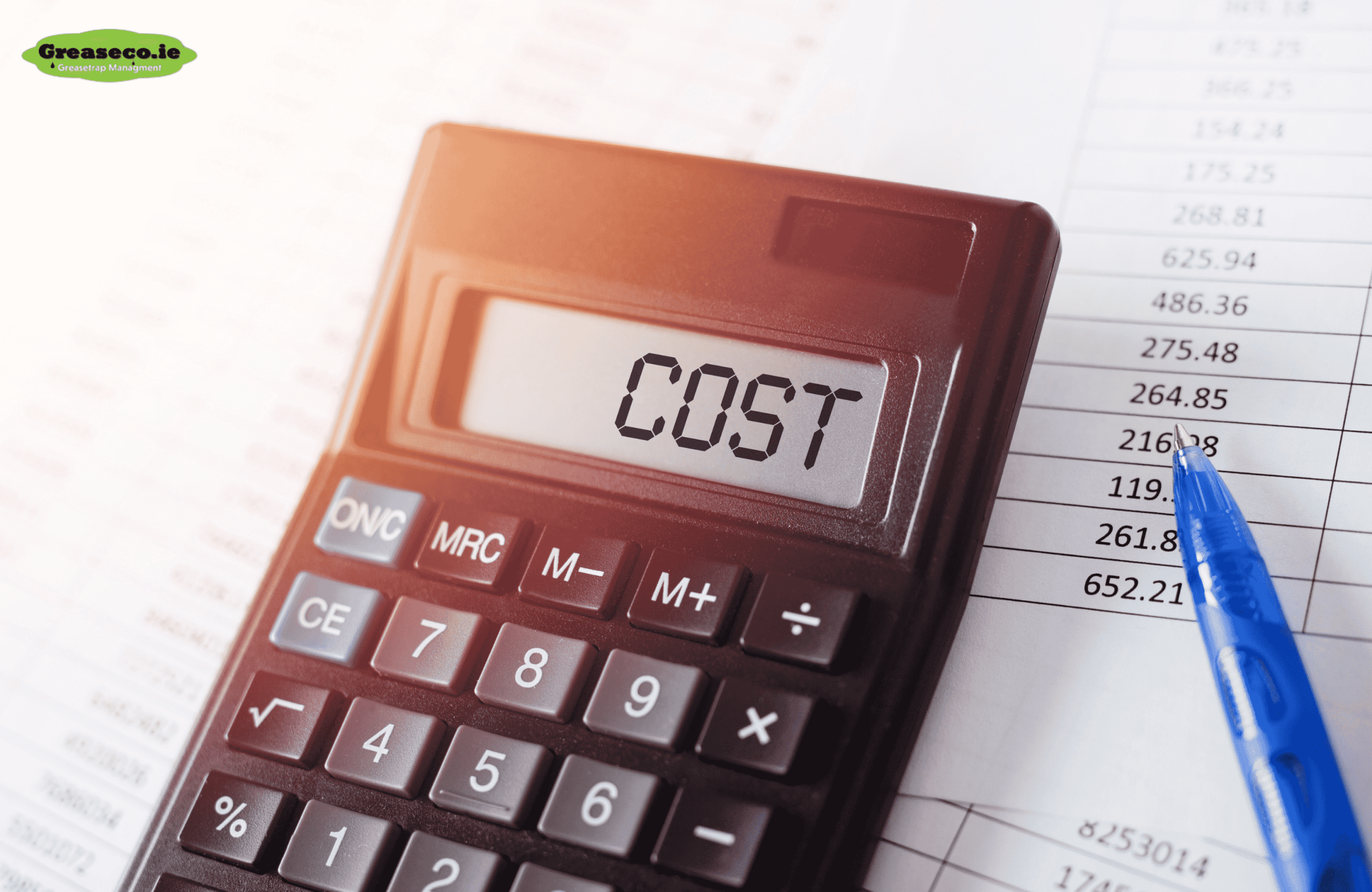Running a restaurant comes with its fair share of difficulties. You have to juggle everything, from managing inventory to ensuring customer satisfaction. Sometimes, between all the jobs you have to do, you might forget one crucial thing. You’re not alone in this. Grease trap upkeep is often overlooked when it comes to restaurant maintenance.
Grease traps play an important part in preventing clogs and environmental hazards, but they require regular cleaning and maintenance. If you own a restaurant, understanding grease trap cleaning costsis significant to budgeting and ensuring the smooth operation of the kitchen. In this blog, we will break down what to expect and provide insights into effectively managing your grease trap maintenance expenses.
How Grease Trap Cleaning Companies Determine Pricing
Grease trap cleaning pricescan differ widely depending on certain factors, such as:
Condition
The condition of the grease recovery system is a critical factor in pricing. If the grease trap has been appropriately maintained and is in a generally good condition where excessive fats, oils, grease, and solids (FOGS) hasn’t coagulated, the process of cleaning becomes more cost-effective and efficient.
Size
The grease trap’s size also plays an important role in determining the price. Cleaning bigger grease traps needs more resources and time.
If the size is measured in gallons, the grease trap costof cleaning increases. It is common for cleaners to include the volume of solids and grease first when calculating the price. It’s not uncommon for cleaners to revert with a revised price for neglected grease traps and also lower the price for preventive scheduled maintenance.
Accessibility
Accessibility impacts the grease trap cleaning cost because if it’s not located in a proper location, it takes the technician longer to clean, which results in increased cleaning costs.
Scheduling
If you need off-hours or urgent cleaning services, you might incur extra fees. Regular upkeep can help you prevent emergency cleaning and its associated expenses.
Best Commercial Grease Trap Cost Practices
For the most reasonable pricing, you may consider these tips:
- Enforce a routine schedule for maintenance to preserve your grease trap in satisfactory condition and lower the possibility of expensive cleanings. Regular grease trap cleaning service increments are often scheduled monthly for smaller systems and quarterly for bigger systems.
- Make enquiries about the inclusion of waste cooking oil for extra price reduction.
- Prevent additional buildup by correctly disposing waste cooking oils. If this isn’t done properly, it can cause frequent expensive cleanings.
- Book your cleaning appointments within the service company’s working hours to prevent extra off-hours service costs.
How Can You Save on Grease Trap Cleaning Costs?
The difference between reacting and acting can have an extensive effect on the all-around cost of FOGS waste pumping. Instead of waiting for problems to emerge and responding to emergencies, enforcing a proactive method can considerably minimize expenses and make sure the grease recovery system of your kitchen functions smoothly.
Preventative Arrangements
Setting up a structured preventive plan with a reputable cleaning service, such as Greaseco, is important to safeguard your business from high prices. Regulatory standards usually dictate that grease traps should be scoured at frequent intervals. Usually, this means you should schedule cleaning every one to three months, or as required to avoid the ratio of waste water to FOGS from exceeding the standard percentage.
Compliance and Management Practices
Among the main objectives of periodic maintenance is to avoid the grease content in the trap to exceed the maximum allowed limit. When the FOGS level surpasses the established threshold, it leads to other difficulties, such as blockages, clogs, and reduced operational efficiency. If you keep up with the suggested cleaning routine, you proactively prevent these issues, which reduces the chances of costly functional disruptions and emergency cleanings.
Prevent Hardening
Maintaining a regular schedule inhibits the accumulated substances from hardening, which makes it easy to remove and reduces the risk of damage. By adhering to a schedule, you can make sure the extraction is effective and the solid waste doesn’t stick to the tank’s bottom.
Sulfur and Acid Content Control
Regular maintenance also helps control sulfur and acid levels, preventing corrosion that can damage the system and lead to expensive repairs or replacement.
In conclusion, by taking a proactive approach to grease trap maintenance, you can save on expenses in the long run, ensure regulatory compliance, and prevent unexpected system damage. So, reach out to a reputable service and set up your cleaning schedule now!
